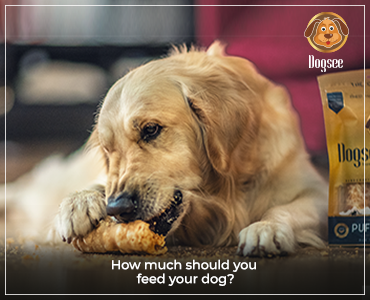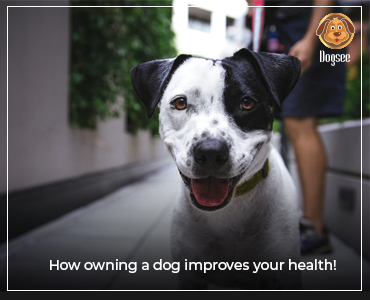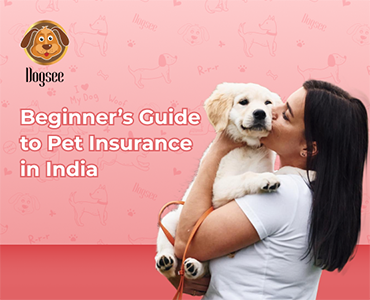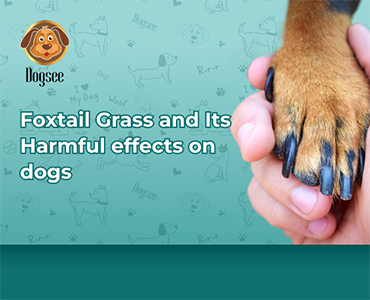
Dogs may not be able to talk, but when they want to tell you something, whining is their preferred method of communication. It’s cute at first and will tug at your heartstrings. But if it happens frequently and for a long period of time, it can be frustrating - not only for you but also your neighbors. So here’s the 411 on why dogs’ whine and ways to manage excessive whining.
Your Dog Wants Something
Most often, your dog probably just wants something from you - and this could be from a range of things like needing to go potty outside, food, water, or maybe his favorite toy is stuck under the couch. Normally, once you give him what he wants, he’ll stop whining and go back to what he was doing.
Be careful about food though. If your dog is whining for food after you just fed him or whining when you’re eating, don’t give him food. Feeding him will only make things worse and encourage him to beg more. Make sure no one in the house is giving him table scraps either, so he stops whining for your food.
Your Dog is Crying for Attention
Have you ever noticed how kids throw tantrums when the adults are sitting around the table and engaging in grownup talk? Prolonged whines can sometimes be the dog equivalent of this. Your dog is bored and just wants attention from you. This usually happens when you’re busy doing chores, work, or simply sitting down to enjoy some peaceful tv time.
It’s important you don’t give into the whining because it will encourage your dog to whine more. Instead, direct him to his dog bed and ask him to stay. Once he does so and calms down, you can give him a bite-sized training treat to chew on while you enjoy some much needed R&R.

Your Dog is Scared or Stressed
At times, whining can be your dog’s way of letting you know he’s scared or anxious. This type of whine is somewhat high pitched and sounds like a cry. Plus, you’ll notice your dog trembling, pacing back and forth. This kind of behavior is more prominent in dogs who suffer from separation anxiety.
If you’re leaving your dog in a room with the door closed, or in his crate, tell him to “go to his crate” and when he does so, give him a treat. It is also beneficial to give your dog long-lasting dog chews or puffed treats to keep him calm, comfortable, and occupied.

Your Dog is in Pain
Whining can sometimes be an indicator of pain. Monitor your dog’s behavior. If your dog whines when he walks, or jumps on the couch, it could be a sign of joint pain. If you can’t quite narrow down where your dog is hurting, take him to the vet for a physical consult.
If your dog does have joint pain or any kind of physical pain, it could be beneficial for you to incorporate multivitamin seasoning powder into his meals. These will help strengthen his bones and alleviate any pain or inflammation.

Your Dog Feels Bad
If your dog whines immediately after you yell at him, he’s letting you know that he’s sorry. He’ll probably sit down and have a guilty look on his face as well. If this is the case, just acknowledge his apology, pet him, and walk away. This will let him know that he’s welcome back into the pack.
There are so many reasons for why your dog might be whining. It’s important to know the root cause of the behavior so you can correct his behavior and save yourself (and your dog) the frustration caused by excessive whining.
 HELPFUL0 people found it helpful
HELPFUL0 people found it helpful
Related Blogs
Subscribe to Our Blogs
and never miss on the latest update!


















